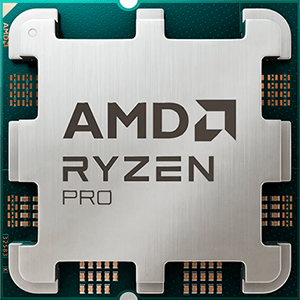Intel Celeron N3060 vs Apple M1 Pro
We compared two laptop CPUs: Intel Celeron N3060 with 2 cores 1.6GHz and Apple M1 Pro with 10 cores 2.0GHz . You will find out which processor performs better in benchmark tests, key specifications, power consumption and more.
Main Differences
Intel Celeron N3060 's Advantages
Lower TDP (6W vs 30W)
Apple M1 Pro 's Advantages
Released 5 years and 9 months late
Higher specification of memory (6400 vs 1600)
Larger memory bandwidth (204.8GB/s vs 25.6GB/s)
Higher base frequency (2.0GHz vs 1.6GHz)
More modern manufacturing process (5nm vs 14nm)
Score
Benchmark
Geekbench 6 Single Core
Intel Celeron N3060
115
Apple M1 Pro
+1795%
2180
Geekbench 6 Multi Core
Intel Celeron N3060
209
Apple M1 Pro
+3716%
7976
Geekbench 5 Single Core
Intel Celeron N3060
211
Apple M1 Pro
+732%
1756
Geekbench 5 Multi Core
Intel Celeron N3060
386
Apple M1 Pro
+3112%
12401
Passmark CPU Single Core
Intel Celeron N3060
622
Apple M1 Pro
+509%
3792
Passmark CPU Multi Core
Intel Celeron N3060
652
Apple M1 Pro
+3235%
21750
General Parameters
Jan 2016
Release Date
Oct 2021
Intel
Manufacturer
Apple
Laptop
Type
Laptop
x86-64
Instruction Set
ARMv8
Braswell
Core Architecture
-
N3060
Processor Number
-
BGA-1170
Socket
Apple M-Socket
HD Graphics 400
Integrated Graphics
Apple M1 Pro GPU (16-core)
Package
-
Transistor Count
33.7 billions
14 nm
Manufacturing Process
5 nm
6 W
Power Consumption
30 W
90 °C
Peak Operating Temperature
-
CPU Performance
2
Performance Cores
10
2
Performance Core Threads
10
1.6 GHz
Performance Core Base Frequency
2.0 GHz
-
Performance Core Turbo Frequency
3.2 GHz
2
Total Core Count
10
2
Total Thread Count
10
48 K per core
L1 Cache
192 K per core
1 MB per core
L2 Cache
24 MB shared
2 MB shared
L3 Cache
-
No
Unlocked Multiplier
No
Memory Parameters
DDR3L-1600
Memory Types
LPDDR5-6400
8 GB
Max Memory Size
32 GB
2
Max Memory Channels
4
25.6 GB/s
Max Memory Bandwidth
204.8 GB/s
No
ECC Memory Support
No
Graphics Card Parameters
true
Integrated Graphics
true
-
GPU Base Frequency
450 MHz
600 MHz
GPU Max Dynamic Frequency
1296 MHz
-
Shader Units
2048
-
Texture Units
128
-
Raster Operation Units
64
-
Power Consumption
30 W
-
Max Resolution
6016x3384 - 60 Hz
-
Graphics Performance
5.2 TFLOPS








